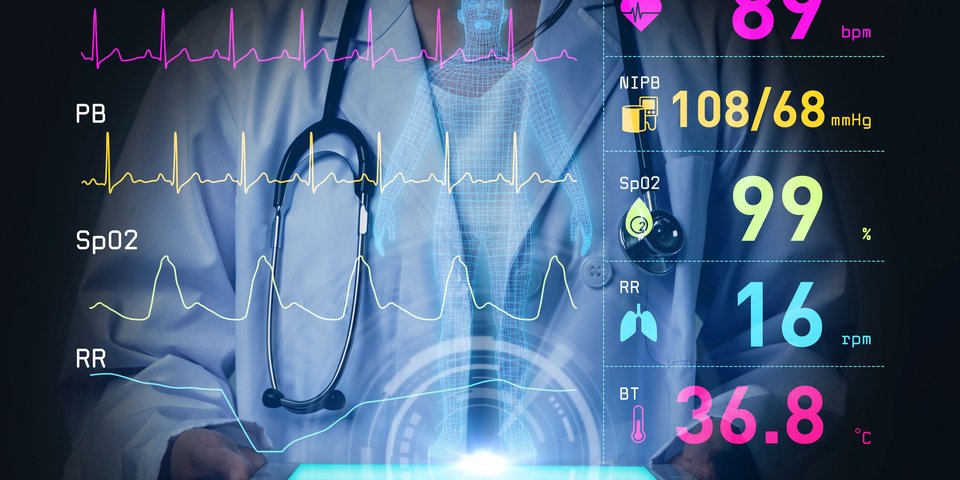 iStockphoto-metamorworks
iStockphoto-metamorworksInteroperability of contact tracing and alerting apps
To go live in October.
RB – 10/2020
Contact tracing and alerting apps have
already been established or are being developed in most Member States.
So-called tracing apps play a pivotal role in the package of measures to
disrupt chains of infection at national level. The Federal Ministry of Health
(FMH) has added the two letters AV (app, ventilation) to its own reminder
formula DHE (distancing, hygiene, everyday mask).
The potential of tracing apps has not (yet)
been fully exhausted across borders. Until now, national apps have not been
able to communicate with cross-border apps. Thus, there is no exchange of
information that could indicate a potential exposure to the virus. This should
now change, something that also supports the free movement of people.
Interoperability through data collation
The development of the secure use of
tracing apps began in May 2020. At that time, the European Data Protection
Board (EDPB) published guidelines for the development of tracing apps at
national level (newsletter 05/2020). This was followed by the agreement of the Member States in June to develop an
interoperability solution for tracing apps. As such, technical specifications to enable secure exchange of
information between the national tracing apps, were initially outlined in June
2020.
As an interface for receiving and
forwarding data, T-Systems and SAP have now set up the data collation service.
This data collation service ensures the exchange of information between the
back-end servers of the national apps. This has the advantage that, in future,
users will only have to install one app and can report test results or receive
alerts even when abroad.
Cross-border app data collation from October 2020
This decentralised technical infrastructure
is currently being tested with the back-end servers of the official apps of the
Czech Republic, Denmark, Germany, Ireland, Italy and Latvia.
After successful testing, the newly
established data reconciliation service will be operational in October from the
Commission's data centre in Luxembourg.
